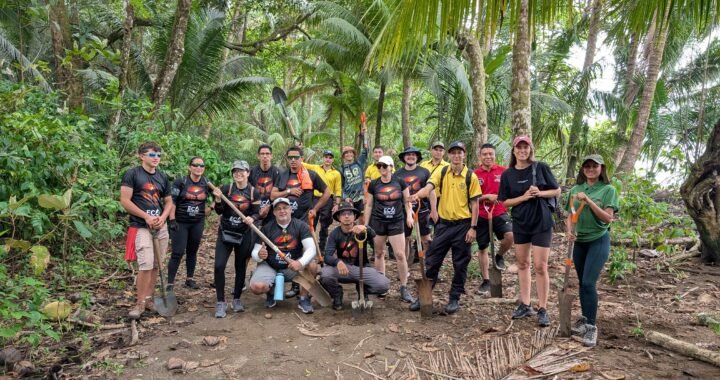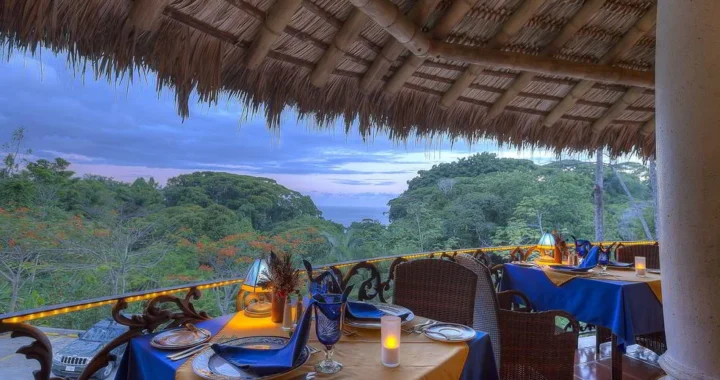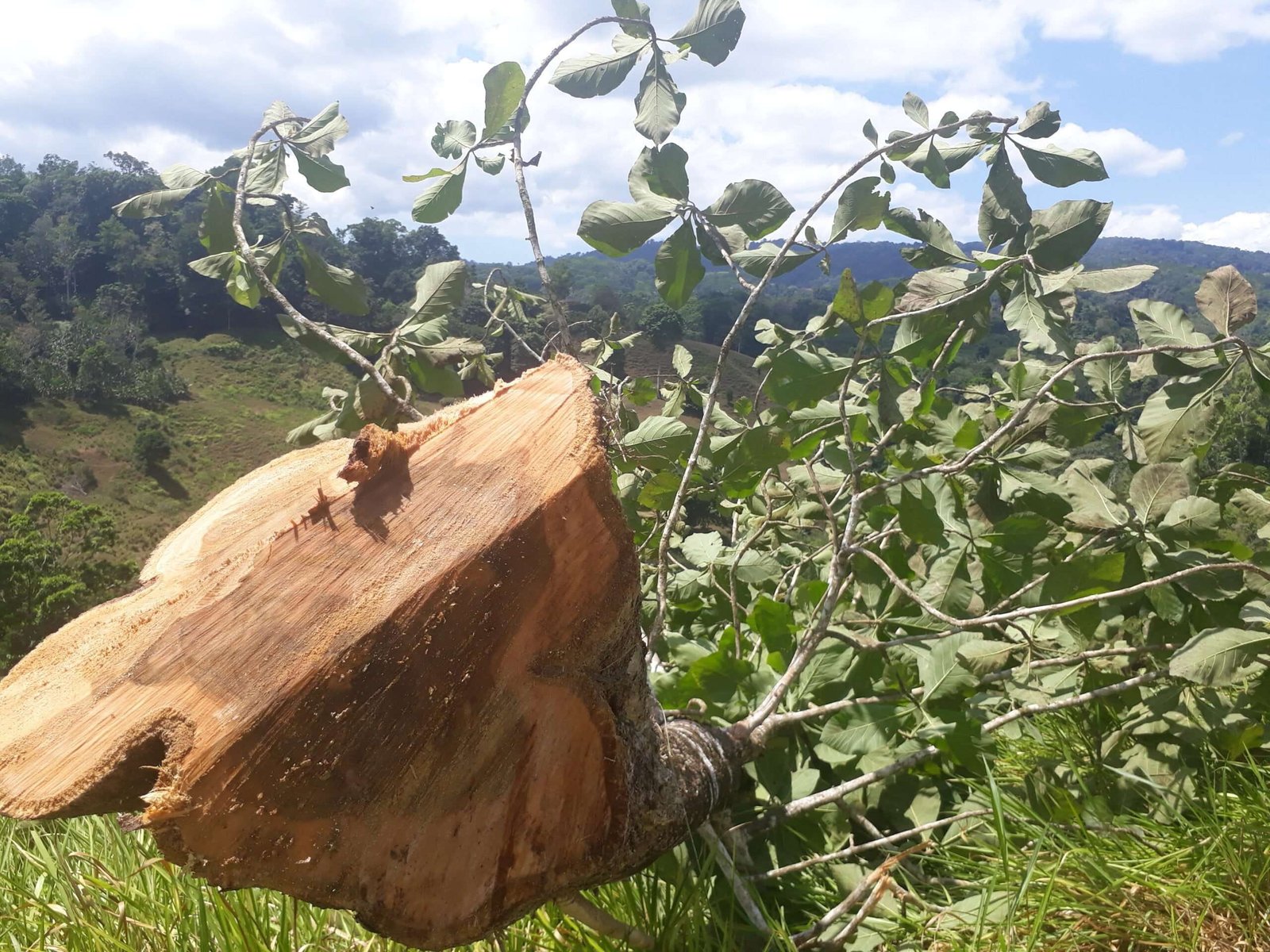
Where does your native timber come from?
Author: Andrea Johnson, M.E.Sc.
Cedro, nazareno, níspero, manglillo, corteza. Wood is a gorgeous, renewable resource, more climate-friendly than concrete or steel.
Most of the construction on the Costa Ballena and Osa Peninsula is done by hotels and second-home builders drawn by the lush rainforest. Native timber feels like an obvious choice: who doesn’t love a handcrafted Cristobal door’s luxury? The rustic vibe of Cara de Tigre porch pillars? The durability of Manú negro posts?
But do we know where the wood is coming from? Or are we inadvertently supporting forest crimes? A friend in Uvita recently told me about a 300-year-old Cristobal tree that was cut down and stolen from his farm. Even the stump was taken! And, soon after that, beautiful new Cristobal doors appeared on his neighbors’ houses.
Sadly, many home builders and hotel owners are unwitting accomplices to illegal logging and timber laundering. At least three sawmills within just 15 minutes of my house in Osa sell native species lumber. Yet throughout southern Costa Rica, MINAE has granted only a few permits for logging in natural forests. So, where does all the raw material come from?

It’s an open secret that some mill owners buy both authorized and unauthorized timber, and use this mix to launder stolen trees into their "legal" supply. Unfortunately, it costs more time and money to do things right for both workers and healthy ecosystems.
You may ask: is it a big deal to cut down one or two big old trees without permits or plans? But it’s not just “one or two” trees – the Director of the Golfo Dulce Forest Reserve reports that MINAE confiscated over US$20,000 of illegal timber in just the first three months of 2020 – only a fraction of the full picture.
And that Cristobal robbed from my friend’s farm? It’s a species that only exists between the Nicoya and the Osa Peninsula. Once we lose those giant old trees that illegal loggers target, they are gone for centuries, and maybe forever, if the remaining population is too small to reproduce.
The legal penalties can be severe if you’re caught with illegal wood. According to Costa Rica’s Forestry Law #7575, any person who acquires or processes forest products without complying with the law can be sentenced to three years in prison. Your wood will be taken away at a minimum, and you will pay hefty fines and waste months on lawyers and legal procedures.
The good news is that it’s easy to do better. Here are five alternatives to using that “no questions asked” Cristobal:
1. Ask for and use local plantation timber or bamboo: Teak, melina and bamboo are excellent eco-friendly building materials. Teak is beautiful, durable, and oversupply around here.
2. Check with Minae for reputable sources, sawmills, and builders: Go to your local Minae office and ask who has permits to sell their timber in your area. Deal directly with the farm owner. Buy salvage timber (madera caída). Ask which sawmills are registered and in good legal standing.
3.Ask lots of questions: An invoice (factura) from the sawmill is no guarantee. Ask the mill owner to provide you with the transport permit (guía) and the logging permit (resolución) for any wood you buy. Check for valid dates and origin.
4.Put clauses into your contracts: Make sure that your builder’s contract contains clauses that require legal timber, verifiable with invoices, transports, and logging permits.
5. Tell your friends and neighbors: Contribute to creating a legality culture by bragging about your efforts to use ethical green building materials!
CONTACT: Andrea Johnson, M.E.Sc. – andrea.e.johnson@gmail.com
What to do, Where to eat and Where to stay…
South Pacific Costa Rica Beaches
Looking for business directories, maps or other printouts? We’ve got that too!
Dare to Discover and Enjoy…
Check out…
Need help planning your next trip to Costa Rica? We look forward to help you!
Email: carlos@ballenatales.com
Phone: +(506) 8946 7134 or +(506) 8914 1568
Skype: ballenatalestravel

Busting Myths About Costa Rica Destination, Free Costa Rica Magazine #99
We’ve recently seen misinformation circulating suggesting that Costa Rica is an expensive destination.

Debunking myths about Costa Rica’s South Pacific destination
There is false information circulating that suggests the South Pacific Costa Rica is an expensive destination
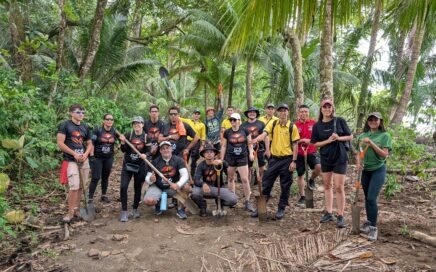
Beach Clean Up in Uvita: Community Spirit in Action at Marino Ballena National Park
Beach Clean Up in Uvita Community Spirit in Action at Marino Ballena National Park Author: Sophie Schindler
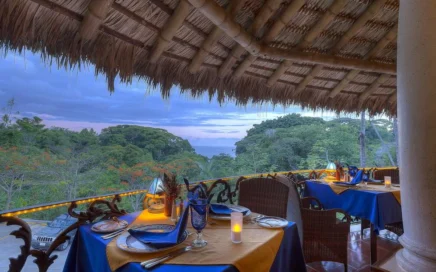
Costa Rica’s First 100% Gluten-Free Gourmet Restaurant
Costa Rica’s First 100% Gluten-Free Gourmet Restaurant La Palapa Restaurant: Indulgence Without Compromise Travelers come to Costa Rica seeking nature, adventure – and memorable dining. At Cuna del Ángel, a boutique hotel nestled in the […]

Adventure Begins Where Comfort Ends: Our Rain-Soaked Snorkeling Tour to Caño Island
What I Learned from Traveling in the Rain or Why a Plastic Cape Can Teach Humility Our Snorkeling Tour to Caño Island
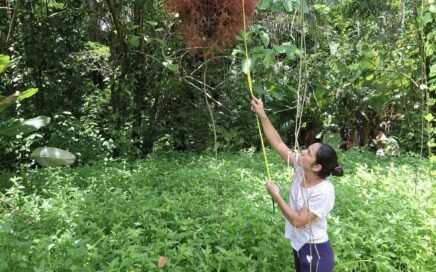
Increasing Biodiversity in the Path of the Tapir Biological Corridor
The area including the Path of the Tapir Biological Corridor in Costa Rica, is one of the few places with increasing biodiversity.

